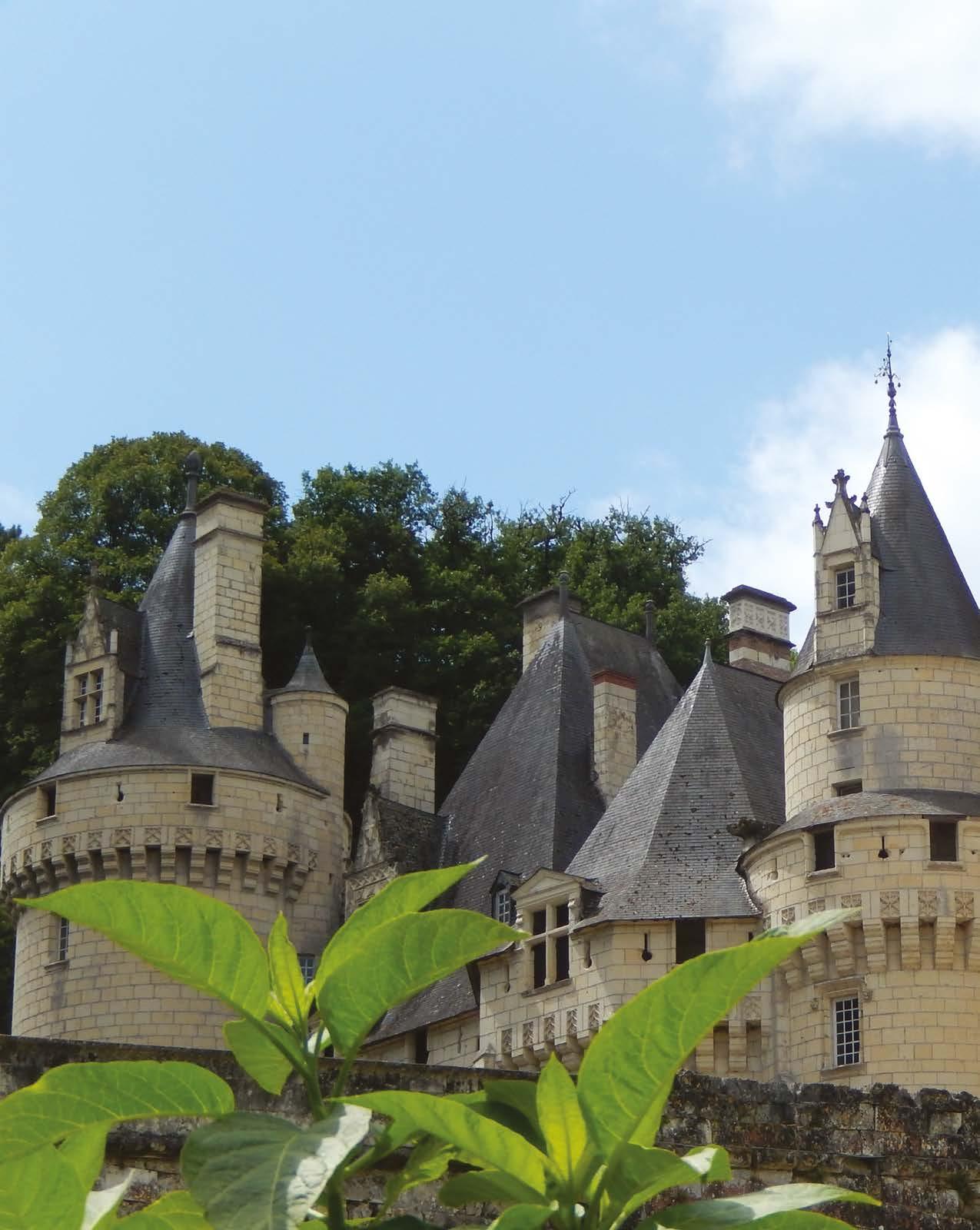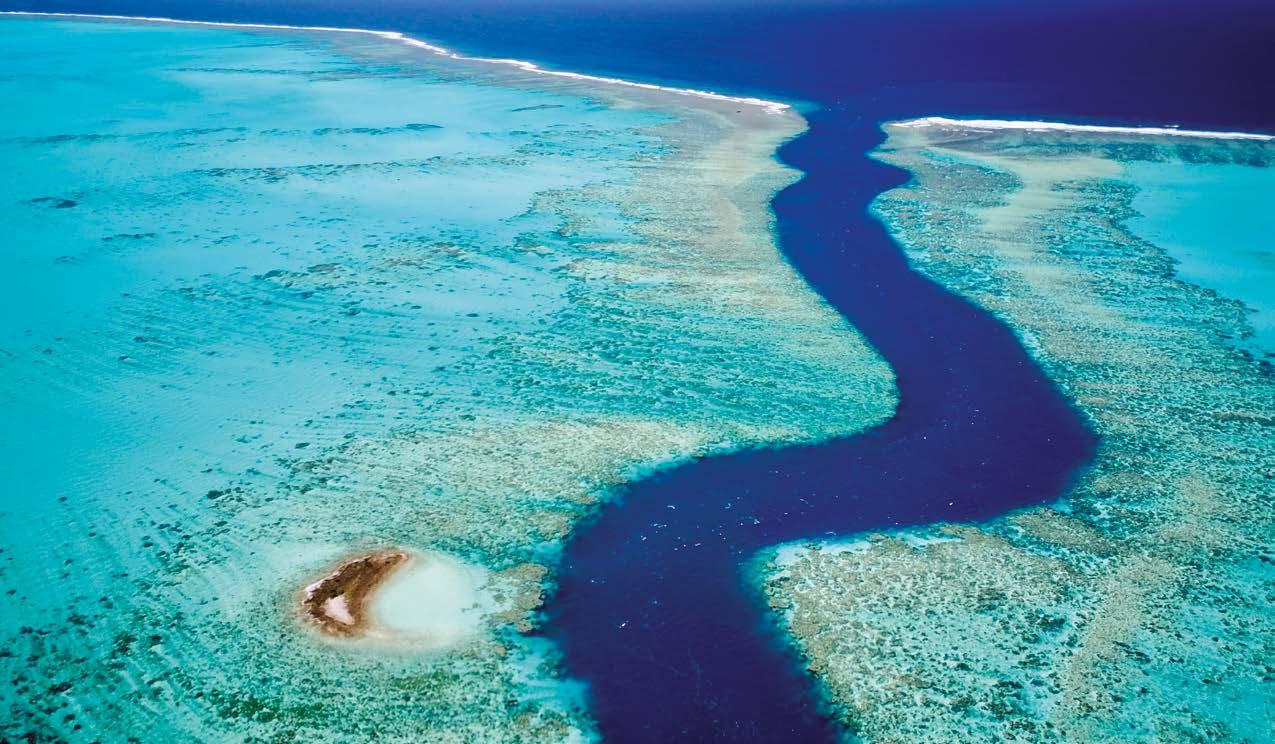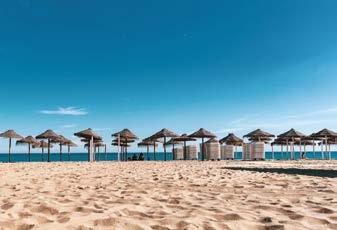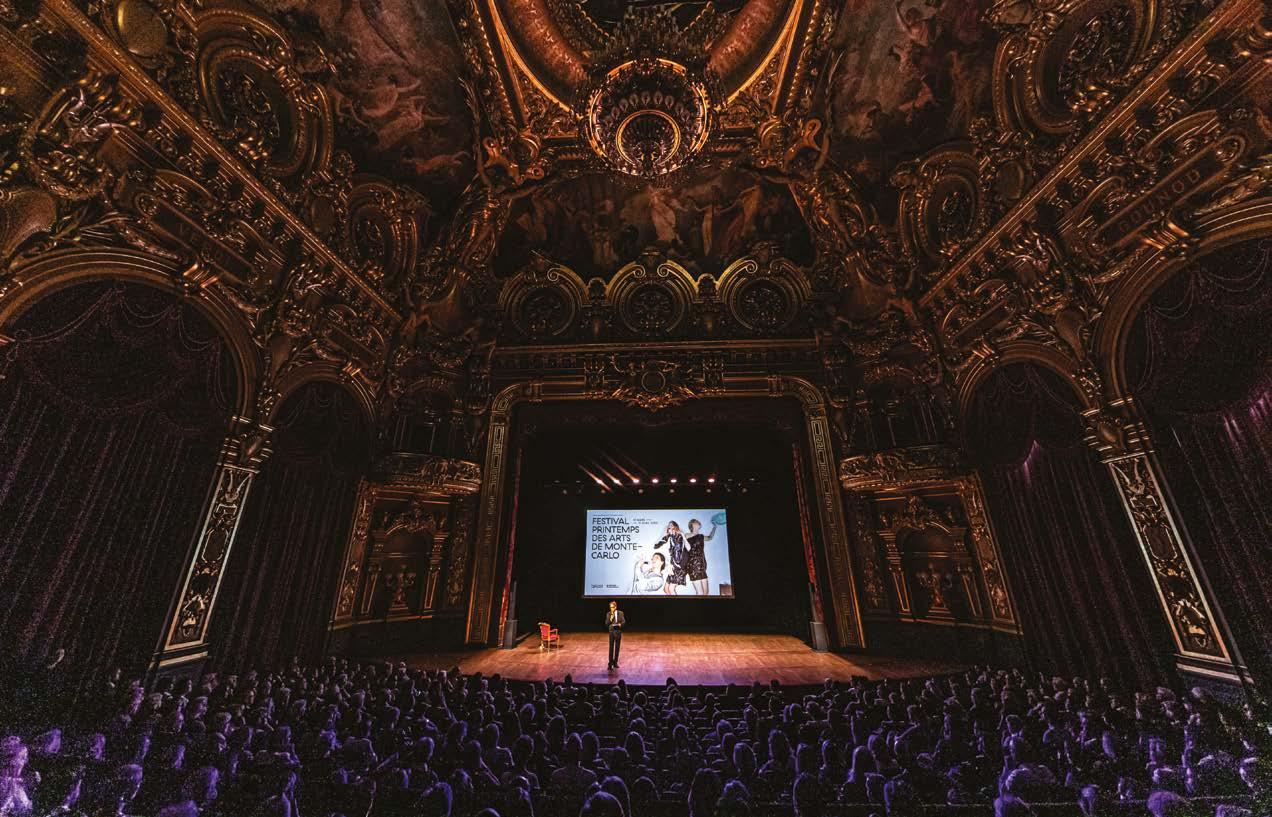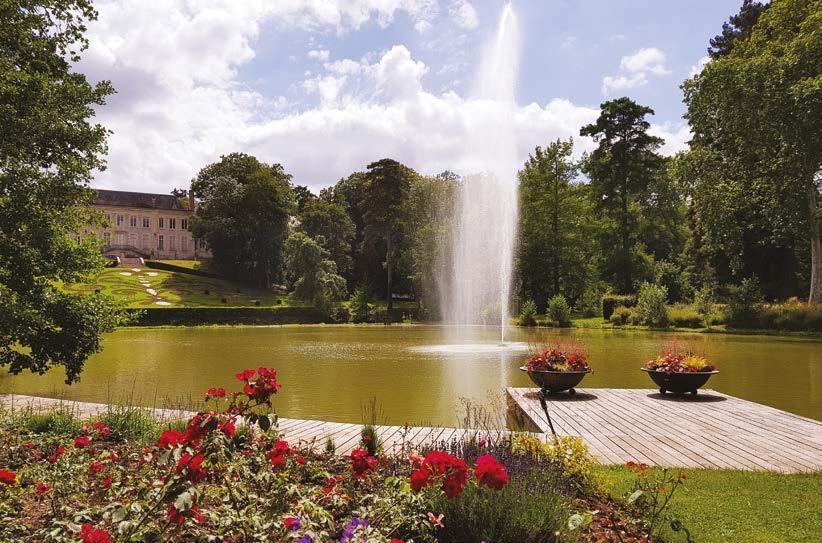
22 minute read
A weekend in Paris
A weekend in Paris Art and style in the city with a thousand faces
Although comfortably established as a leading capital of culture and sophistication, Paris has long been a revolutionary place. In 1889, celebrating the centennial of the French Revolution, Paris hosted the Universal Exposition, a major-scale event held over six months, covering a square kilometre of the city centre. The event celebrated the country’s and the world’s scientific and technological progress, and ushered in a promising new century: by the early 1900s, Paris had become Europe’s hotbed of artists, as well, with significant foreign musicians, painters, and writers (such as Pablo Picasso and Gertrude Stein) settling in the city. Another century later, one thing is clear: in Paris, creation is tradition, and the city fills all those who go through it with an energy that has to be experienced to be understood.
TEXT: PIERRE ANTOINE ZAHND | PHOTOS: UNSPLASH
Whether you are a first-timer in Paris or a return visitor, the odds are you’ll only experience a fraction of what the city has to offer by the time you leave. But never fear; at times, the capital feels more like a general mood than a sum of places. Paris, in the words of Ernest Hemingway, is “a moveable feast”, a changing geography of energy and ‘savoir-vivre’. To that end, below are a few routes and suggestions on how to make your stay memorable.
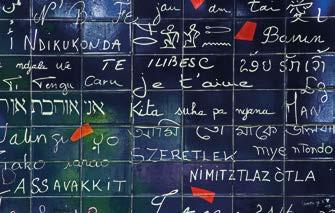
Seine.
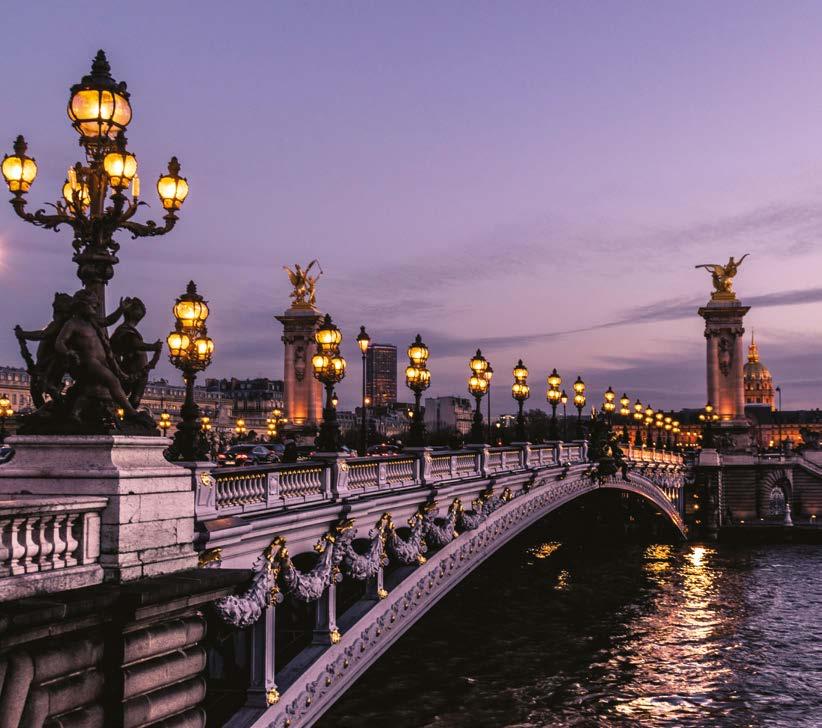
Saturday: Life imitates art Bienvenue à Paris! Check into your accommodation, grab a croissant and a ‘café serré’ at the nearest boulangerie, and set out to discover as much as you can. The Saturday is best spent exploring and placehopping, as many businesses will be closed on Sunday. Start north of the Seine and make your way towards the Butte Montmartre (Métro Abbesses). Popularised by the 2001 film Amélie, the neighbourhood has become more touristic in recent years, but it has retained its casual elegance. Enshrining the Sacré-Cœur Basilica and dotted with cafés, bistros, flower shops and other colourful establishments, Montmartre’s village feel makes it an ideal place to start discovering Parisian life. Romantics at heart can stop at the nearby ‘Mur des je t’aime’, a 40-square-metre wall created by visual artists featuring 311 love declarations in 250 languages. Some of Montmartre’s best places for lunch have names as quirky as the food is tasty: La Boîte aux Lettres (The Mailbox), La Vache et le Cuisinier (The Cow and the
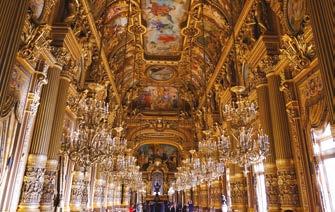
Top: Mur de je t'aime. Photo: Paris Tourist Office, Amelie Dupont. Middle: Palais Garnier. Bottom: Moulin Rouge.

Cook) or Le Carafon (a small wine carafe) are all good bets.
In the early afternoon, you have two options: take a metro eastward to La Villette, and have a digestive walk around Paris’ third-largest park. Scientific minds might also delight in a visit to the City of Science and Industry (covered on page 40 of this issue), Europe’s largest science museum. In case it rains, take refuge at the Géode, an arresting globe of monumental size finished in a reflecting surface and which serves as an IMAX theatre, offering immersive nature and travel documentaries. Alternatively, if you’d rather explore the local Parisian spirit, head north to Porte de Clignancourt and the bustling Saint-Ouen Marché aux Puces. It is the largest antiques market in the world (Paris likes to do things big, evidently), offering some 2,500 stalls across the neighbourhood. For a touch of intense ‘Parisianess’, top off the afternoon with a visit to La Chope des Puces (closes 7pm). A dinky jazz club, La Chope casually hosts France’s most accomplished players of Jazz Manouche – a red-hot, hard-swinging style founded by the two-fingered guitar icon Django Reinhardt.
As the evening sets, make your way back towards the historic centre via a passage through the infamous Pigalle and its Moulin Rouge. A walk along the Seine should whet your appetite, and present plenty of dining options on either side. Thereafter, Paris offers plenty of evening and night-time entertainment: for cinephiles, the Cinéma du Panthéon and the Lost in French Translation group offers French films with subtitles. Music-wise, Paris is one of the main classical music centres worldwide, with the Palais Garnier, the Opéra Bastille and the Théâtre des Champs-Élysées, to name a few. Jazz lovers will find happiness at one of the countless top-tier music venues such as the Duc des Lombards, the Caveau de la Huchette and the Baiser Salé (‘Salty Kiss’).
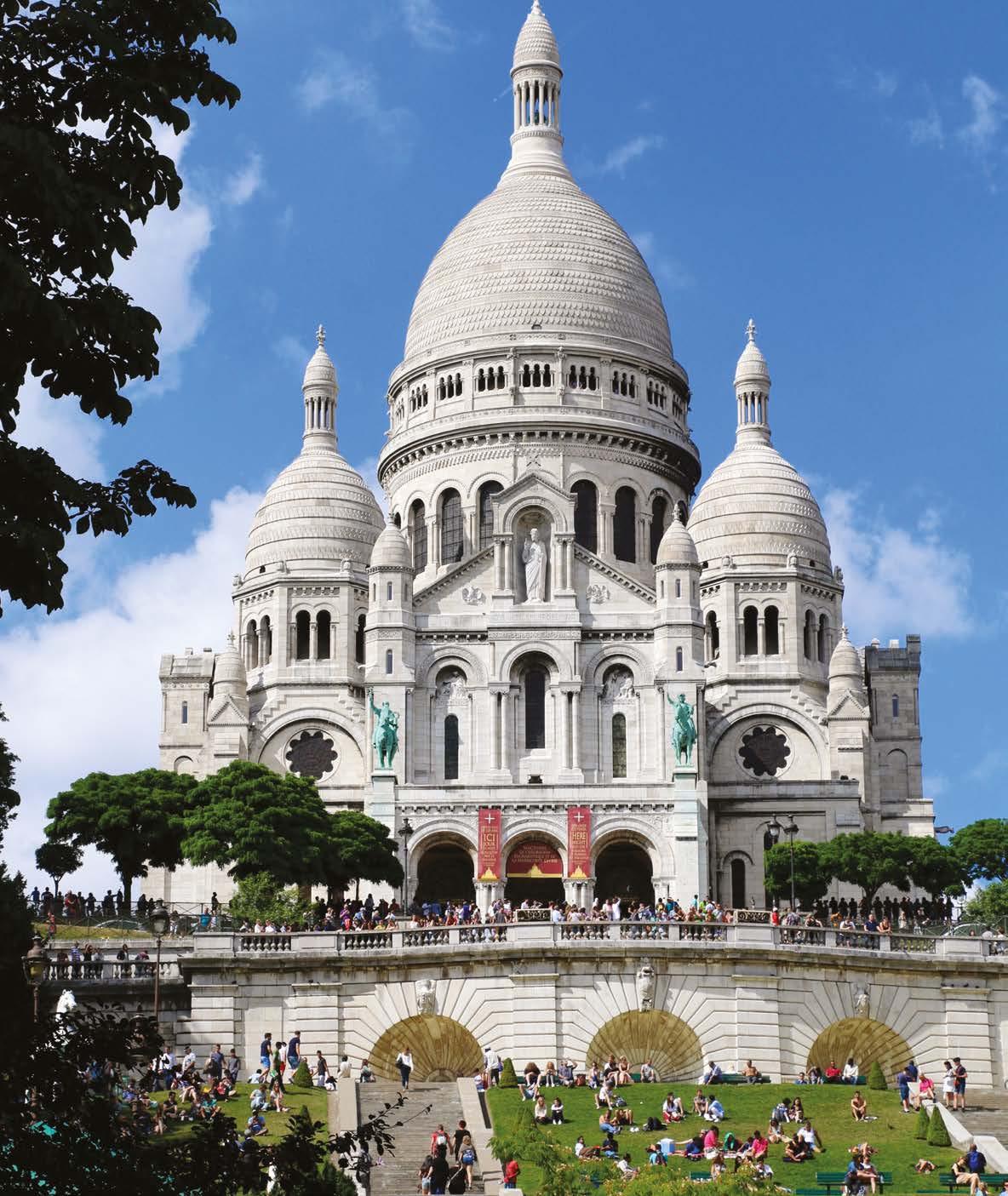
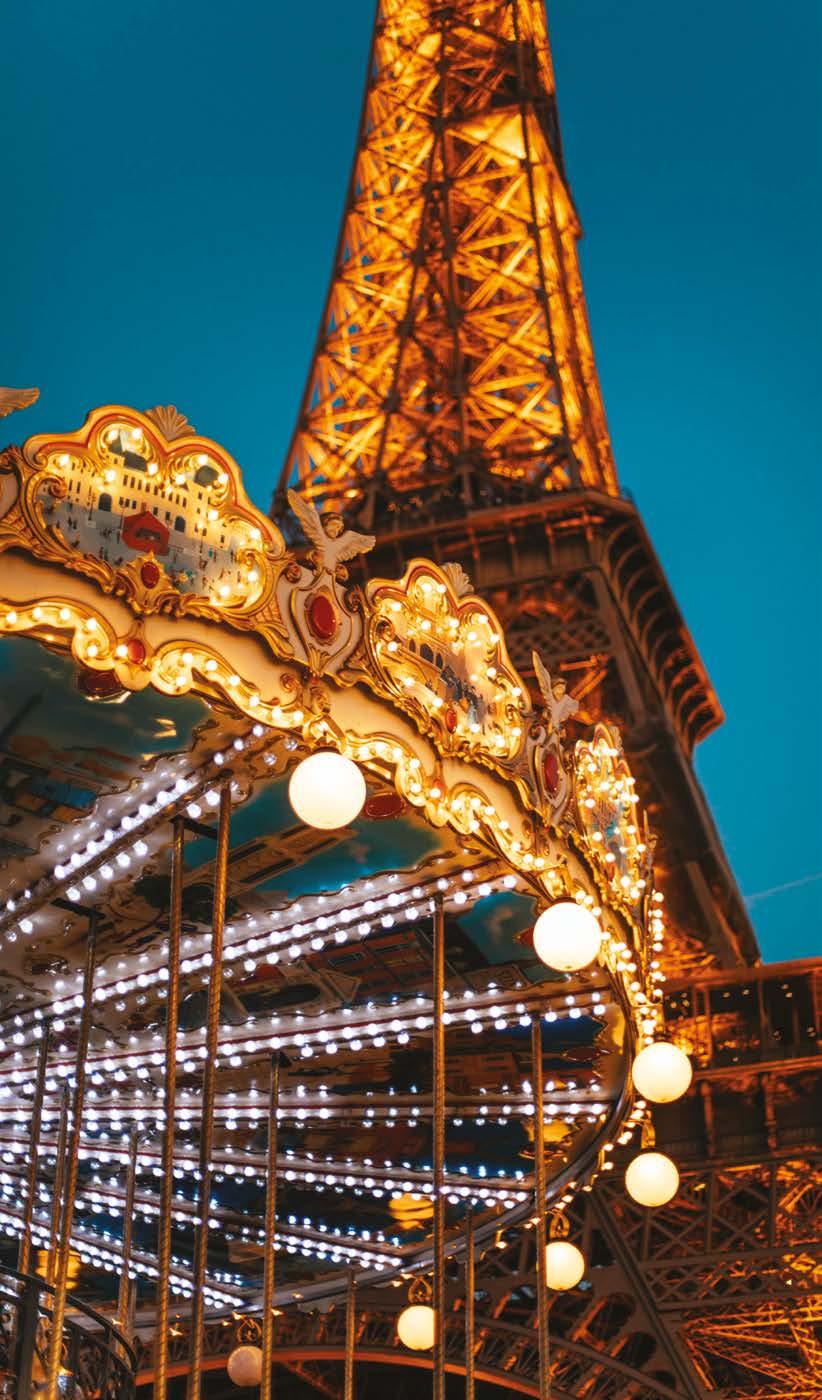
Sunday: The culture tour After immersing yourself in Parisian life, we suggest you turn to one of the capital’s major products: art. Paris is simply constellated with museums, from legendary institutions to small, quaint houses full of objects from another time. We’re sorry to say that it is very difficult to choose. A fun way to do it, however, is to start just south of the Seine, at the Museum of National History (a mind-bogglingly vast exploration of the evolution of life on earth, covered in detailon page 36). The magnificent Grande Mosquée and the Panthéon are just a few minutes away, as is the Arab World Institute, a secular institution for cultural research set in a stunning example of modernist architecture.
From there, go west towards Notre-Dame and the Eugène Delacroix National Museum. Impressionism buffs will be spoiled for choice in this area: sitting on either side of the Seine, the Orangerie and the Musée d’Orsay (dramatically set in a former railway station) are both landmarks for impressionistic works. The Louvre, of course, has pride of place at the heart of the 1st Arrondissement. Further west along the river, you can bask in sumptuous sartorial pieces at the Yves Saint Laurent Museum, travel to remote regions at the National Museum of Asian Art, or visit the house of Honoré de Balzac, one of France’s
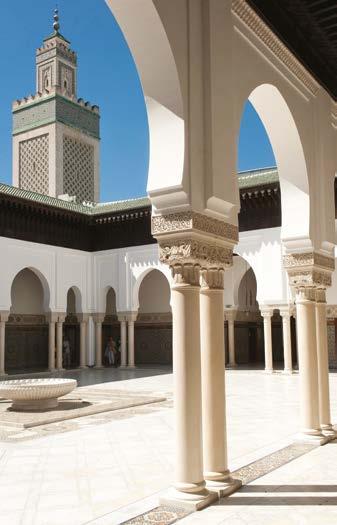
seminal 19th-century writers. Crossing the Seine again, discover an intriguing collection of tribal artefacts at the Quai Branly Museum. After ingesting all this culture, you’ll likely be hungry for some more worldly food. Consider dining at L’Affriolé or Au Petit Tonneau for a final meal in the rich, generous French style. And if you time it right, you might even see the sun set on the Eiffel Tower – it’s just down the road from there.
Getting there Paris is as easy to get into as it is difficult to leave. The Paris Orly and Charles de Gaulle airports connect the capital to a vast array of destinations within and outside of Europe. The many train stations, especially the Gare de Lyon and Gare du Nord, provide comprehensive connections to the rest of France, while the Eurostar will take you to Great Britain, Belgium or the Netherlands in a couple of hours.
Getting around The city benefits from an efficient metro service; just try and avoid peak hour with luggage or you might get some dagger eyes from the locals. We recommend renting a bicycle for a day – between the public Vélib’ bike rental system and other companies like Paris à Vélo, the options are numerous.
Louvre.
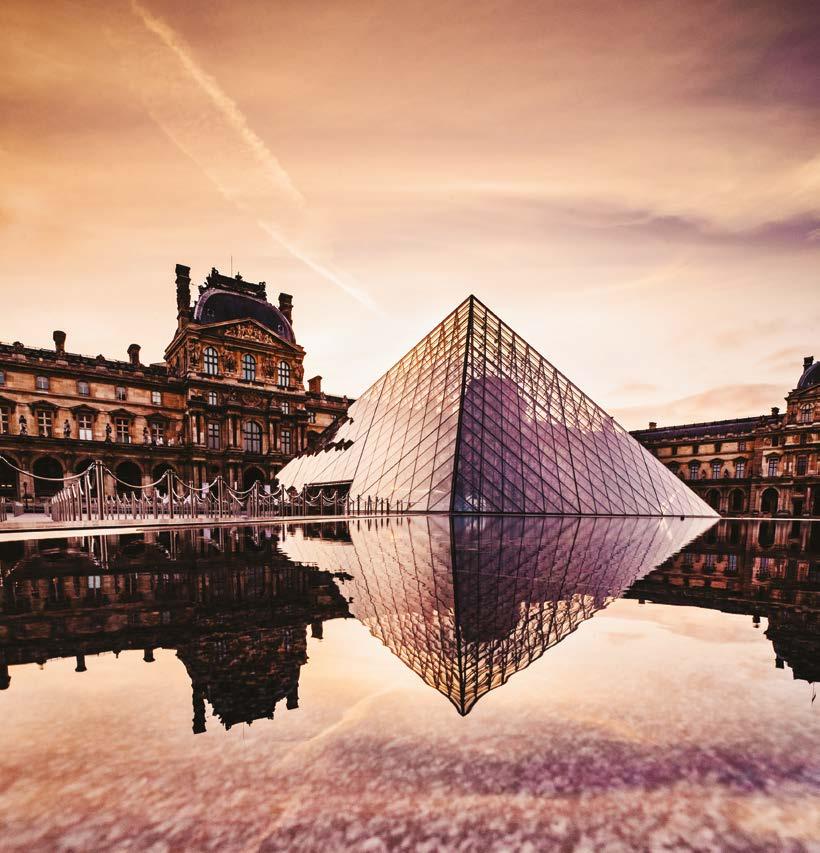

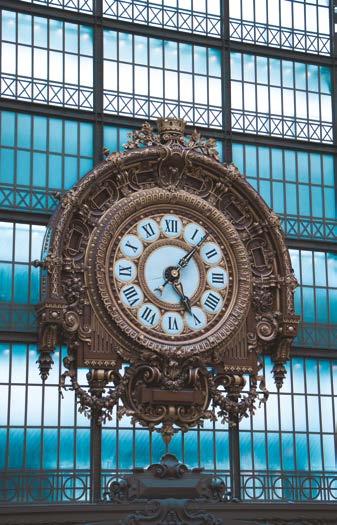
Parc de la Villette. Photo: William Beaucardet
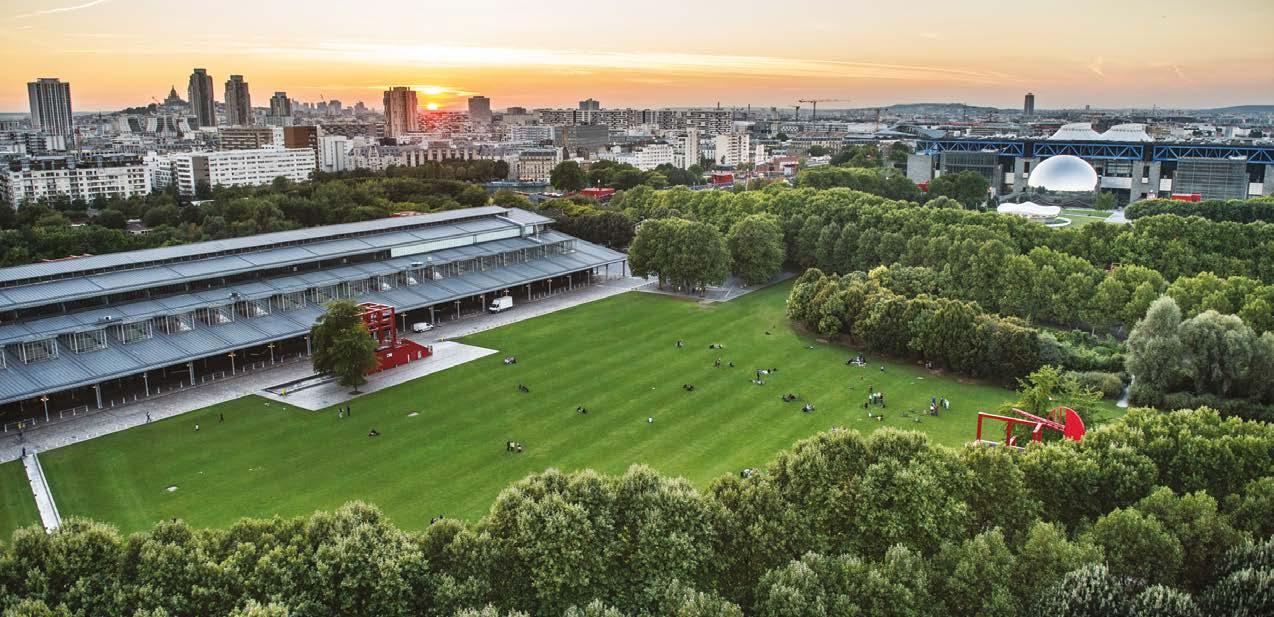
The grass is greener in Paris
The French capital is unlike most concrete jungles – and for centuries, parks and gardens have featured heavily in Parisian life. That is why Paris remains ever the trendsetting city, and continues to envisage an eco-friendlier future. By maximising both its green spaces and urban trails, this is now a place that truly lives and breathes.
TEXT: KATE HARVEY | PHOTOS: PARIS CONVENTION AND VISITORS BUREAU
Spring has almost sprung, which means it’s about time to rediscover the natural delights of the French capital. “When we talk about Paris we think mainly of monuments and culture – but it is also one of the greenest cities in Europe,” says Corinne Menegaux, general director of the Paris Convention and Visitors Bureau. Great efforts have been made in recent years to make the city greener, and as of 2020, Paris has more than 450 hectares of green space: including parks, gardens, and numerous ‘vegetal’ buildings and rooftops scattered throughout. A trip to Paris is now a trip back to nature.
Explore the ‘lungs’ of Paris The Bois de Boulogne and the Bois de Vincennes, nicknamed the green lungs of the capital, are crucial features of the Paris eco-scape. With lakes, theatres, floral parks, zoos, farms, cycle paths, running trails, velodromes, and racetracks; there’s plenty for just about anyone to enjoy. The recent transformation of the Paris Zoological Park in the Bois de Vincennes has catapulted it into the 21st century. Organised by biozone, it is the first of its kind, and a must-see for any nature enthusiast.
The Jardin des Plantes is also a wonderful spot to unearth Paris’ biodiversity. The ‘Tree Tales’ tour showcases trees from around the world, recorded over centuries by passionate travellers. Boasting 11 gardens from rosaries to alpine gardens, it is also home to the largest herbarium in the world.
Live like a Parisian Each district, or arrondissement, of Paris has its own identity, residents and unique local businesses. This is why the Visitors Bureau
Issue 13 | March 2020 has been developing the city’s themed urban walks for pedestrians to discover lesser known districts.
Nature is at the centre of the walk through the 12th Arrondissement, thanks to 35 hectares of parks and gardens; the 13th is a corner of street art and innovation, and the 14th invites visitors to soak up the Parisian rhythm through its architectural and artistic flair.

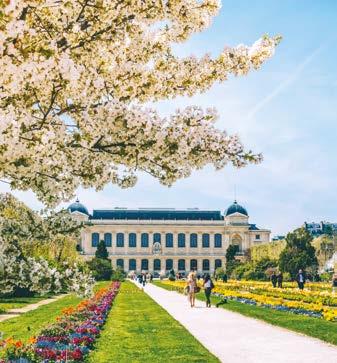
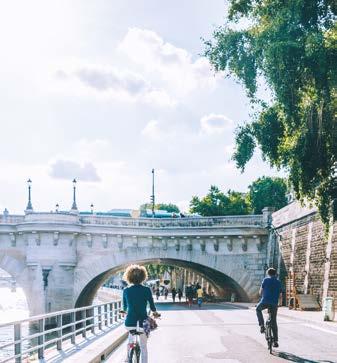
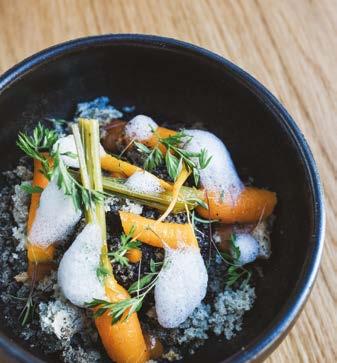
“The urban walks allow visitors to discover a more authentic Paris, and live like a local. We encourage all tourists, whether French or foreign, to step off the beaten track,” explains Menegaux. Paris can be discovered in a thousand and one ways, without necessarily seeing the essential.
Pedal along miles of cycle lanes And what better way to discover the ‘city of love’, than in the open air? There is little more romantic than gazing at the sights from behind your handlebars. Paris comprises over 1,000 kilometres of cycling routes, making it possible to while away the weekend with a more mindful form of transport. “The bicycle is becoming an essential way of getting around, both for locals and visitors. It is possible to rent a bike through Paris à Vélo, or Holland Bikes tours and rentals, which offer three-hour guided tours to discover the most famous sights,” says Corinne Menegaux.
Sleep soundly, and sustainably An eco-responsible trip to Paris doesn’t need to stop at the gates of its leafy parks. From solar-powered energy, to aviaries on the roof – a number of hotels are striving to be more sustainable. “Establishments such as the Hôtel de la Porte Dorée and Paris Marriott Champs Élysées Hotel, as well as the Mandarin Oriental (which has hives on its roof), are all mobilising to reduce their environmental impact. Not forgetting the Hotel Sofitel Le Scribe Paris Opéra, which, as part of the Sofitel Planet 21 programme, is committed to various recycling and water conservation programmes to reduce its carbon footprint. Even the Novotel Paris Porte de Versailles is doing its bit for the planet, actively reducing food waste, among other schemes: “They’re using vegetable peels to make sauce bases or homemade broths in the hotel kitchen,” reveals Menegaux.
Parc de la Villette. Photo: Marie-Sophie Leturcq
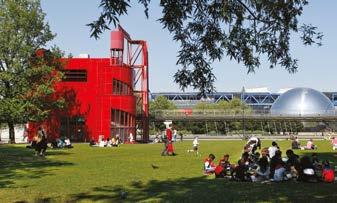
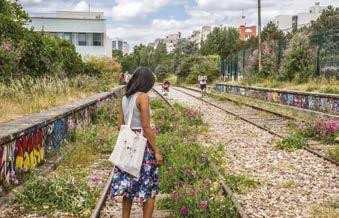
Petite Ceinture. Photo: Studio TTG
Food that feels good Parisian gastronomy continues to make headlines, but this time with organic and responsible produce on the menu. Take the time to visit the traditional Brasserie Sacré Frenchy just a short distance from the Centre Pompidou, where they are serving up fresh French products. Visitors can expect organic meat from Landes, artisan bread, and even organic wine from Paris itself.
Alternatively, there’s the gourmet restaurant ANONA, which uses no gas or plastic, but instead homemade produce from the Ile-de-France region. Even the furniture is made locally. So, what are you waiting for? Offset your trip to Paris and plan the eco-responsible city break of a lifetime.
www.parisinfo.com
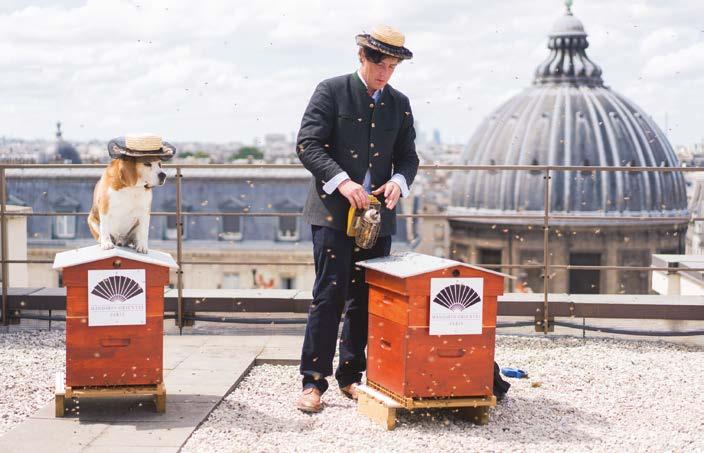
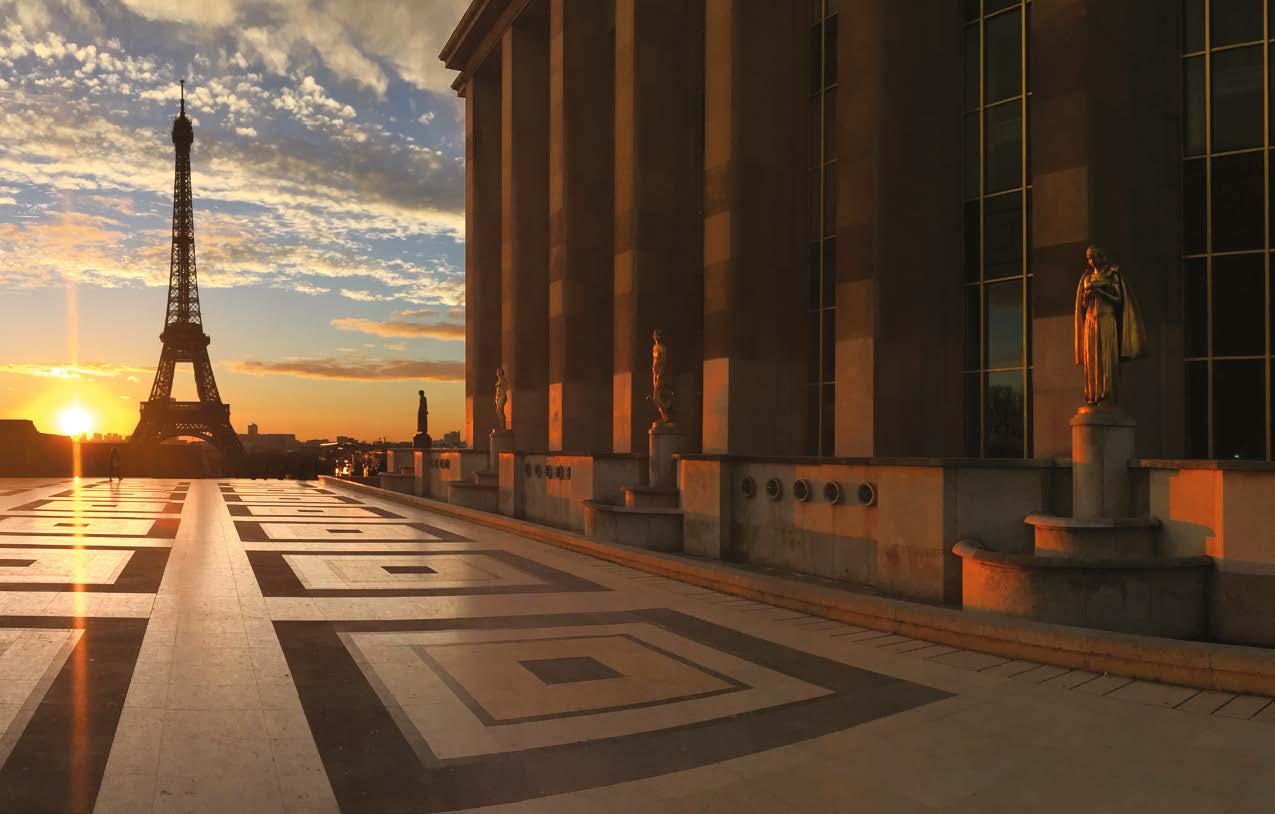
Musée de l'Homme. Photo: JC Domenech
Making history
France’s cultural landscape may not have been what it is without the Muséum National d’Histoire Naturelle. It was first established in Paris in 1635 by King Louis XIII as a royal garden for medicinal plants, as well as a place of learning and teaching. The time was ripe for cementing the nation’s intellectual identity: the very same year, the Cardinal de Richelieu would establish the Académie Française, which still codifies the French language. Since then, the Muséum has acted as one of the country’s foremost centres for studies in the natural sciences, currently curating some 68 million specimens within its collection. With 500 researchers and 350 postgraduates, it also constitutes a part of the Sorbonne Universities, and is run around a general purpose: to further our understanding of nature as to better to preserve it.
TEXT: PIERRE ANTOINE ZAHND | PHOTOS: MUSÉUM NATIONAL D’HISTOIRE NATURELLE
The Muséum holds a unique status among similar institutions abroad: rather than consisting of a single site, it is made up of 13, the most prominent three of which are in Paris. Among these, the original 1635 Jardin des Plantes is France’s main botanical garden as well as the central seat of the Muséum. It was renamed as the Paris Botanical Garden during the French Revolution, and became the ground for the Muséum by decree of the 1793 National Convention. The Muséum’s expansion through the 1850s, including the establishment of the Gallery of Mineralogy
Issue 13 | March 2020 and Geology, marked the first time that a building had been conceived as a museum, rather than converted into one. Each individual gallery now constitutes a museum in its own right, specialising in a given aspect of natural history.
Jardin des Plantes Set at the heart of the fifth arrondissement, the Jardin des Plantes is still the site of the Muséum’s most iconic institutions. Among them, the Gallery of Comparative Anatomy is an imposing repository of about 650 skeletons, articulating the similarities and divergences between species. On the upper levels of the same building, the Gallery of Paleontology contains a collection of fossil vertebrates, invertebrate and plants. As a whole, this double gallery offers a 540- million-year journey, guiding visitors chronologically through the story of biological life
and illustrating the earth’s main three geological periods: from Paleozoic fossils to the Mesozoic (known as the golden age of the dinosaurs) to our current Cenozoic era.
Another highlight is the near-legendary Grande Galerie de l’Évolution, where some 7,000 mounted specimens retrace the evolution of life on earth. Divided into three sections, the gallery’s ground floor first presents the diversity of living habitats both on land and at sea, while the third floor illustrates the main steps in the evolution of species. Finally, the second floor is concerned with the man-made impact on natural habitats and its potential consequences on evolution.
The Grande Galerie also contains several annexes, one of the most significant of which is the room dedicated to extinct or endangered species. Among other specimens, it features the Schomburgk’s deer, the world’s only mounted example of a species of deer native to central Thailand. The animal in question, in fact, lived in the Jardin des Plantes until its death in 1868. The King Island Emu, endemic to Australia, is another example of an extinct species whose only remaining example stands in
Grande Galerie. Photo: A Iatzoura
the Muséum today. Further on, are a pair of giant pandas, on display since 2019. They were the specimens collected in the Mountains of Eastern Tibet 150 years ago, and used to draw up the original scientific description of their whole species, now endangered. More than a mere exhibition of rare or unheard-of animals, the gallery is
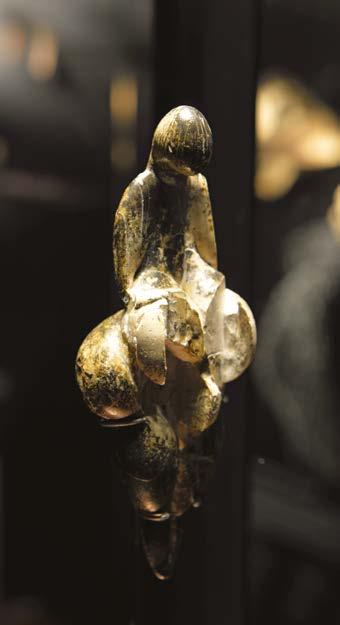
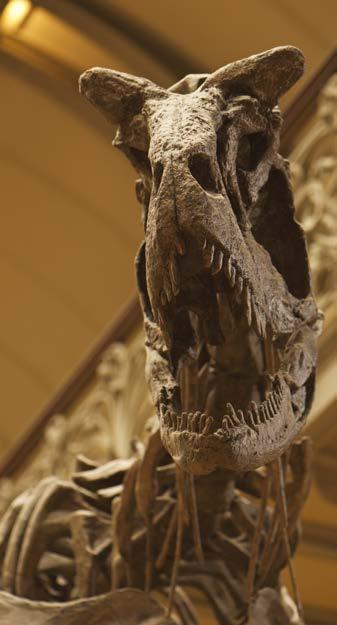

a moving testament to the finitude of life, and the care that is required to foster it. By presenting us with the last specimens of individual species, it encourages us to work toward the protection of those that may one day become extinct.
In order to increase awareness among the younger generation, the Muséum opened the Children’s Gallery in 2010. This twofloor space enables children to roam around four distinct ecosystems (city, river, tropical forest and planet) so as to familiarise themselves with biodiversity.
Musée de l’Homme The Musée de l’Homme, or Museum of Mankind, is another central point of the institution. Built on the grounds of the former Trocadéro Museum of Anthropology, it was established in 1937 by Paul Rivet, who became known for his involvement against fascism during the Second World War. Its fundamental purpose was to better define humanity under its multiple facets, illustrating its various socio-cultural expressions over time. Some 1,800 items form an exploratory route through the museum, articulating three main questions: 'Who are we?', 'Where are we from?', and 'Where are we going?'. These thematics aim to define and interpret mankind’s evolving role among living beings, and, by understanding what it has been, to conjecture what it may become.
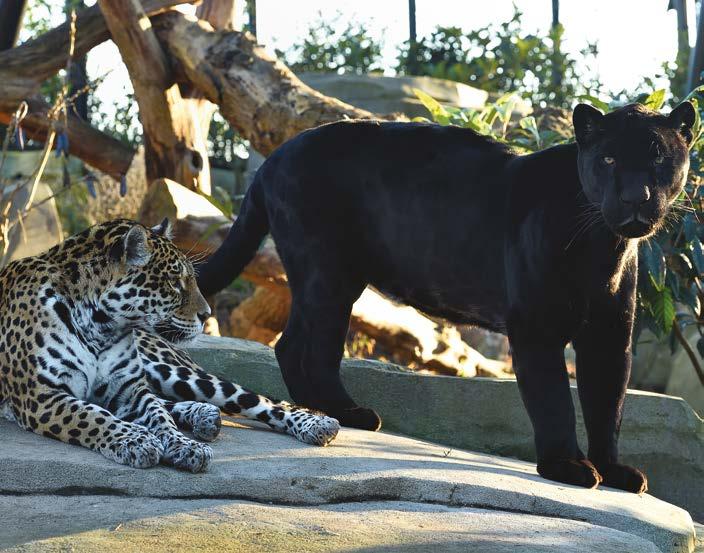
Parc zoologique. Photo: FG Grandin
Zoological Park of Paris Finally, the third foremost Parisian site of the Muséum is the Zoological Park of Paris. Located in the 12th arrondissement, it covers a 36-acre area within the Bois de Vincennes, and is recognisable from afar thanks to the iconic, 65-metre-high artificial ‘Great Rock’ that towers over the park. Opened in 1934 as a complement to the smaller zoo at the Jardin des Plantes, it was fully renovated from 2008 to 2014, when it reopened its doors to the public. The parc aims to offer an immersive experience into a great variety of natural habitats: its fourkilometre pathway goes through five distinct biozones: Patagonian, Sahel-Sudan, Europe, Guyana-Amazon and Madagascar. It also contains a 4,000-square-metre greenhouse that harbours a tropical rainforest climate. Spanning mammals, birds, reptiles, amphibians, fish and invertebrates, the parc includes 194 species, with over a

thousand animals on the grounds: an added testimony to the Muséum’s commitment to biodiversity.
Regional sites Beyond these three main Parisian institutions, the Muséum is complemented by regional sites across France. A non-exhaustive list includes the Marinarium in Concarneau, Brittany; the Garden for Exotic Botany in Menton, in the south-east of France; and the Pataud Shelter, a prehistoric museum site in the Dordogne region, originally occupied by some of the first Homo Sapiens 20,000 years ago. While more modest in size and scope, these sites add individuality and variety to the Muséum, while bringing significant contributions to its central concern: the understanding of life and its evolution, especially in the context of contemporary issues.
www.mnhn.fr
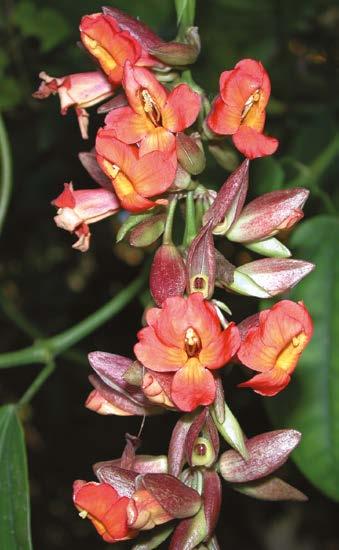
Menton. Photo: C Joulin
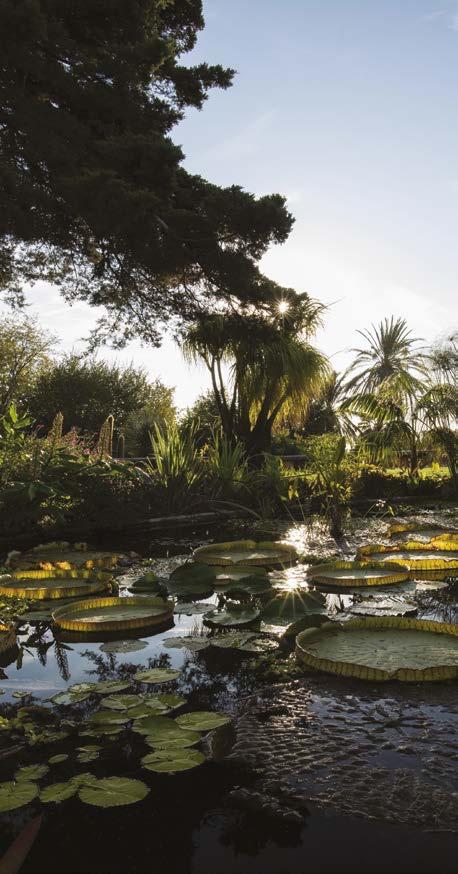
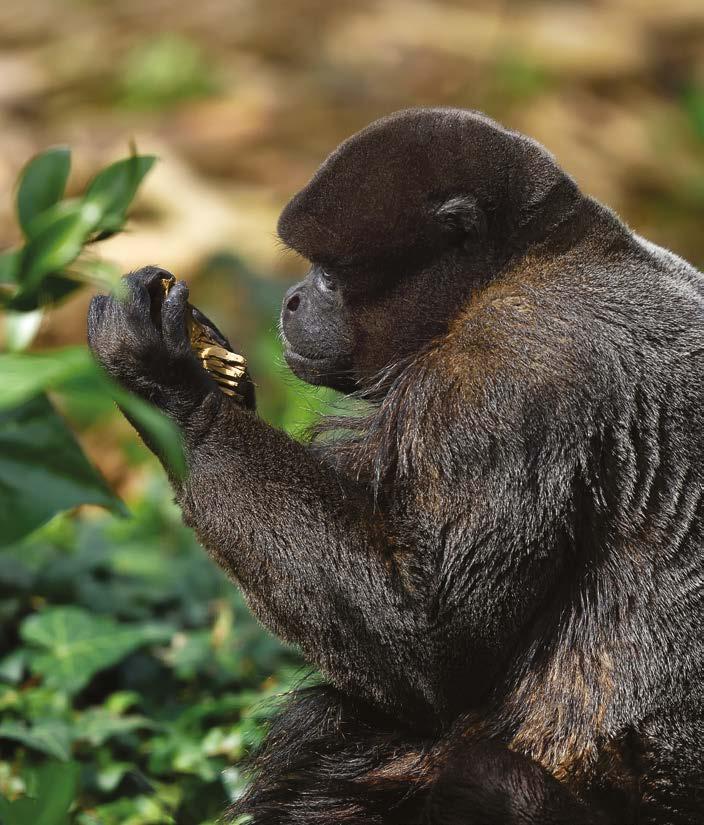
Menton. Photo: A Iatzoura
The Muséum in 2020 The Muséum consistently strives to offer a rich programme of events. A full list can be found on its website, but must-see 2020 events include the I eat, therefore I am exhibition, which investigates the biological, cultural and ecological sides of food consumption (at the Museum of Man until 7 June, 2020). At the Jardin des Plantes, Precious Stones: from Minerals to Jewels focuses on gems, crystals and other rare minerals, tracing their journey from the mines to jewellery (from 3 April 2020 until 3 January 2021). Finally, the Zoological Park will feature a season centreing on its most fascinating species, either animal or vegetal; real or imaginary (from 4 April to 1 November 2020).
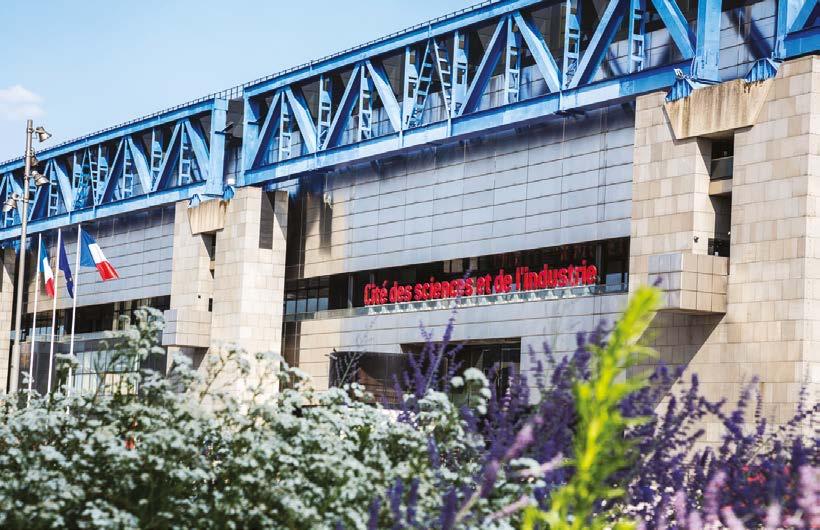
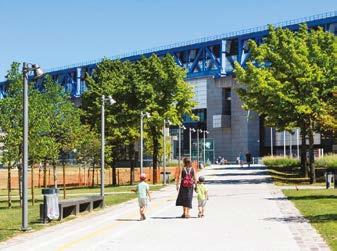
Where the heart of science beats
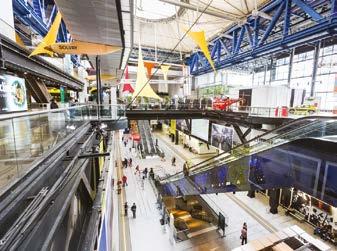
Are you looking for exhibitions, activities and shows that will leave you with an incredible memory of your visit to Paris? Located in la Villette, one of the largest parks in Paris, the Cité des sciences et de l’industrie is a must-see! Far from being a specialised centre aimed at science geeks only, the ‘Cité’ is an inclusive space geared towards the needs and interests of one and all, adults and children alike. Its impressive infrastructure, emphasis on pedagogy, and wide-ranging cultural offerings make it a compelling part of any visit to the French capital.
TEXT: PIERRE ANTOINE ZAHND | PHOTOS: PH LEVY
Designed by Adrien Fainsilber, the architecture of the Cité is striking from the get-go, playing on the contrast between its monumental concrete frame and its glass façades overlooking the park. The edifice stands out not only through its sheer size, but also in that it provides a multiplicity of pathways to science. Built on a cooperation with the scientific community, its wide programme comes in the form of permanent and temporary exhibitions, events and a high-definition planetarium.
Among its various exhibitions, Spies drives you to the core of the French Intelligence Services inside a classified case. Are you observant, analytical? Do you have a good intuition and reactivity? Well then, this is a mission for you up until August 2020!
Issue 13 | March 2020 Robots displays genuine, functional robots and explores all facets of modern robotics. BR4IN, meanwhile, the famous permanent exhibition, offers new experiments to understand the functioning of the brain and to get to know yourself better. The e-LAB explores video games in all its facets.
The Cité des enfants (the subsection focused on kids) offers two age-specific zones for children from two to 12 years old to exercise their scientific curiosity. Following the success of the Cité des enfants, the institution opened the Lab de la Cité des bébés , a similar space designed for babies under two years old. Conceived as a sheltering nest, it is geared around the wellbeing of very young children and their psychomotor and cognitive development. This unique experimentation is carried out as a collaborative workshop and out of upcycled materials from past exhibitions, and seems to be highly successful, as it tends to be booked out every day.
As one of France's major scientific institutions, the Cité participates in global events such as the Festival of Science and the European Museum Night and also proposes a wide range of unique events: ‘Les Silencieuses’ et ‘Les Éclatantes’, for instance, are series of evening events giving young adults a chance to rediscover exhibitions set to music in a more casual context.
The Cité des sciences et de l’industrie will definitely leave you with an indelible memory. Few museums in the world have gone to such lengths to present the cutting edge of science to the public.
Tuesday to Saturday: 10am to 6pm Sunday: 10am to 7pm Closed on Monday
30 avenue Corentin Cariou 75019 Paris
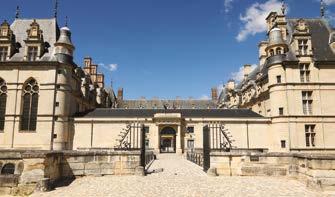

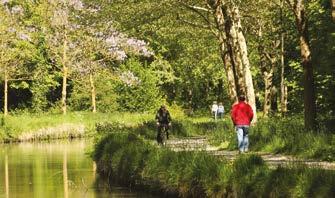
Grand Roissy offers a hidden world right next to Charles de Gaulle airport.
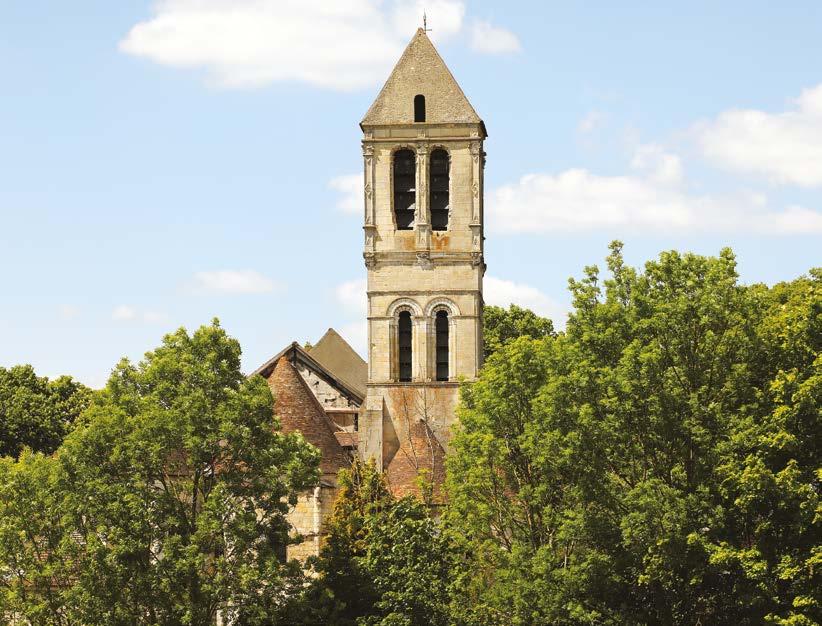
Roissy, not your average layover
For most travellers, a long airport layover is unwelcome, to put it mildly. Not enough time to explore, but more than enough hours to get supremely bored; cramped in an uncomfortable seat, with patchy WiFi, mediocre food, too much noise and too many people. Some might have access to a bland lounge or hotel room – at best. So that’s why discovering Grand Roissy – five peaceful, countryside villages, within super-easy access of Paris Charles-de-Gaulle airport (the second-busiest in Europe) – almost feels like finding a magic door to a hidden world.
TEXT: HANNAH JANE THOMPSON | PHOTOS: OFFICE DE TOURISME GRAND ROISSY
No need to find time for central Paris; here is the real France, mere minutes from a major international hub. Even visitors who have seen the capital will find more to explore here, with historical villages such as Luzarches and Gressy pretty enough to please even the most jaded city hopper. Frequent buses take travellers the short distance from the airport (and its TGV and RER train stations), directly to Roissyen-France; and many hotels even offer free shuttles most of the day and night.
From solo travellers to couples to families, there is something here for everyone, explains Denis Côme, president of the Grand Roissy Tourism Office. He says: “Whether for several days or a few hours, people can tailor their visit however they like.” Sporty types will love the countryside walking and cycling routes, and boat rides on the Ourcq canal; and new for this year are a golf course – open to all from September – plus, a refreshing swimming pool at Mesnil-Amelot.
Culture-seekers will enjoy the medieval Saint-Martin church in Gressy; the magnificent Château d’Écouen and its National Renaissance Museum; plus, the supermodern archeological museum Musée Archéa, which is currently hosting the last-ever chance to see real, locally-found mammoth skeletons. The Roissy-en-France Mairie (town hall), with its beautiful garden cherry trees that blossom each spring, also hosts an annual photographic art show.
Even those looking for simple rest and relaxation will find it here; a meal in Roissy’s traditional French brasserie (alongside the usual international restaurant options) is a far more tempting prospect than one might expect for your typical airport fare. The local shopping centre, Aéroville, even has a multiplex cinema, offering escape on bad weather days. “When people think of Roissy, they think only of the airport, and they might be scared to go far, in case they miss their flight,” says Côme. “But there is such beauty to explore... just next door.”


